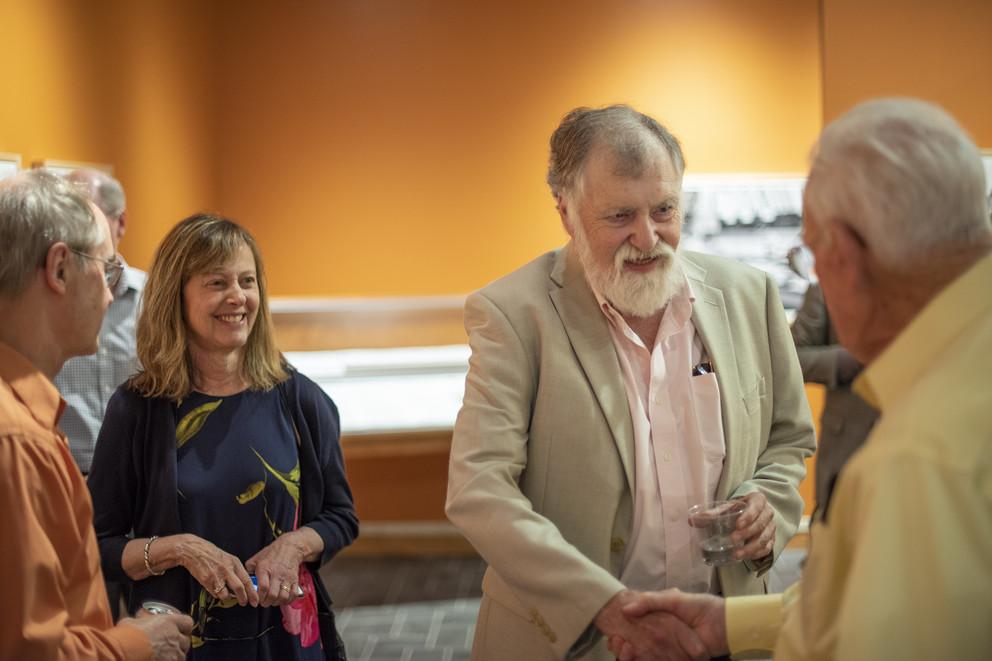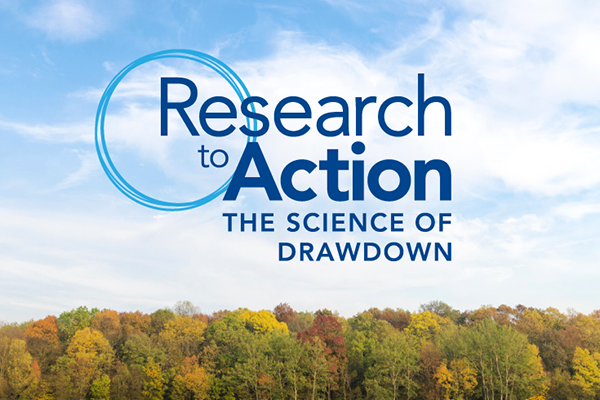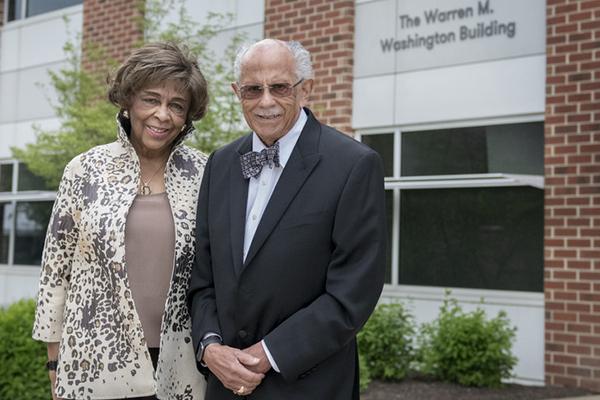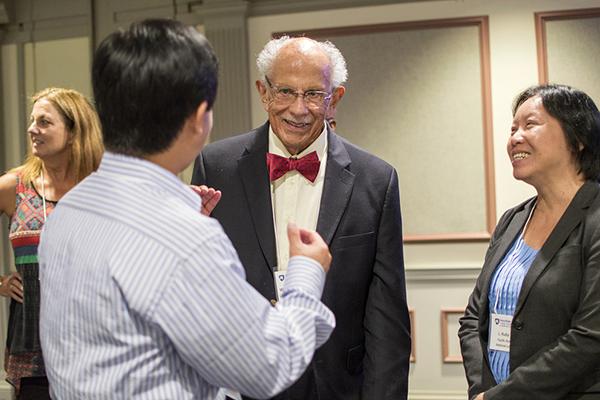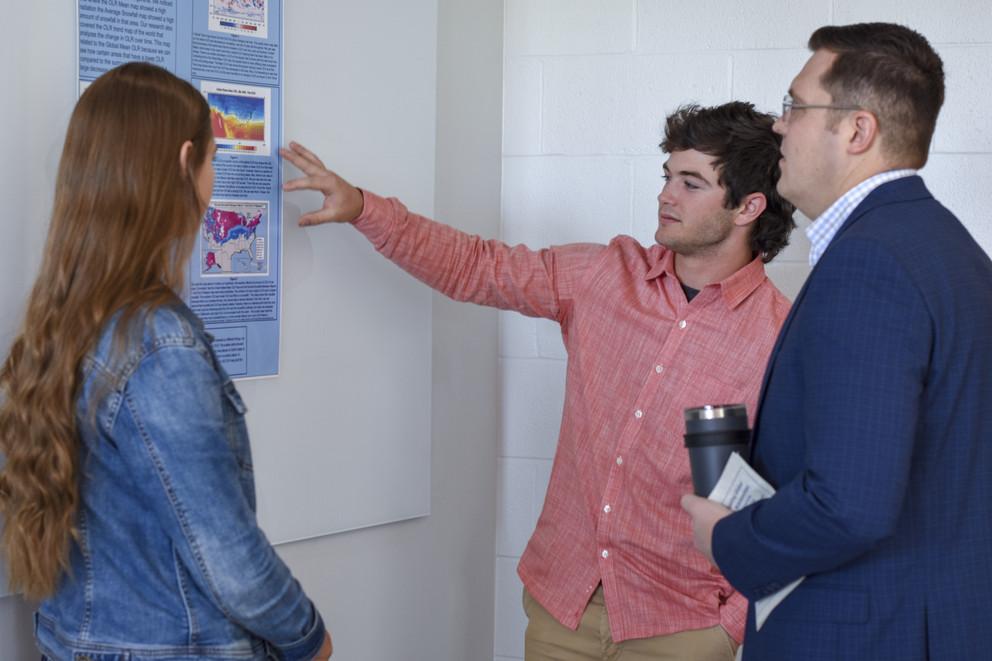When people think of museums, they think of the artwork, the collections and the interactive displays. But little is known about the behind-the-scenes work that led to these exhibits.
Penn State, in partnership with Project Drawdown, will hold the first international conference on climate solutions, based on the 2017 New York Times best-seller “Drawdown, The Most Comprehensive Plan Ever Proposed to Reverse Global Warming.”
Penn State officially changed the name of Building 328 at Innovation Park to The Warren M. Washington Building during a dedication ceremony held May 17.
Six Penn State faculty members have received Fulbright Scholar grants for the 2019-20 awards cycle.
Acclaimed climate science pioneer Warren Washington made history at Penn State in 1964 by becoming the second African-American to earn a doctorate in meteorology nationwide.
Susan Sinnott, head of the Department of Materials Science and Engineering, and professor of materials science and engineering and chemistry, was selected as a fellow of the Big Ten Academic Alliance’s Department Executive Officers Program.
Creating two-dimensional materials large enough to use in electronics is a challenge despite huge effort but now, Penn State researchers have discovered a method for improving the quality of one class of 2D materials, with potential to achieve wafer-scale growth in the future.
A single NASA weather satellite can produce more than 30 megabytes of information per second. Put another way, that satellite can produce about the same amount of data every ten seconds that an average person consumes in a day.
The 2018–19 Institutes of Energy and the Environment (IEE) seed grant recipients have been awarded to 18 groups of interdisciplinary researchers at Penn State.
A Penn State graduate’s doctoral research on two-dimensional (2D) materials soon may help students build a better understanding of the field.


